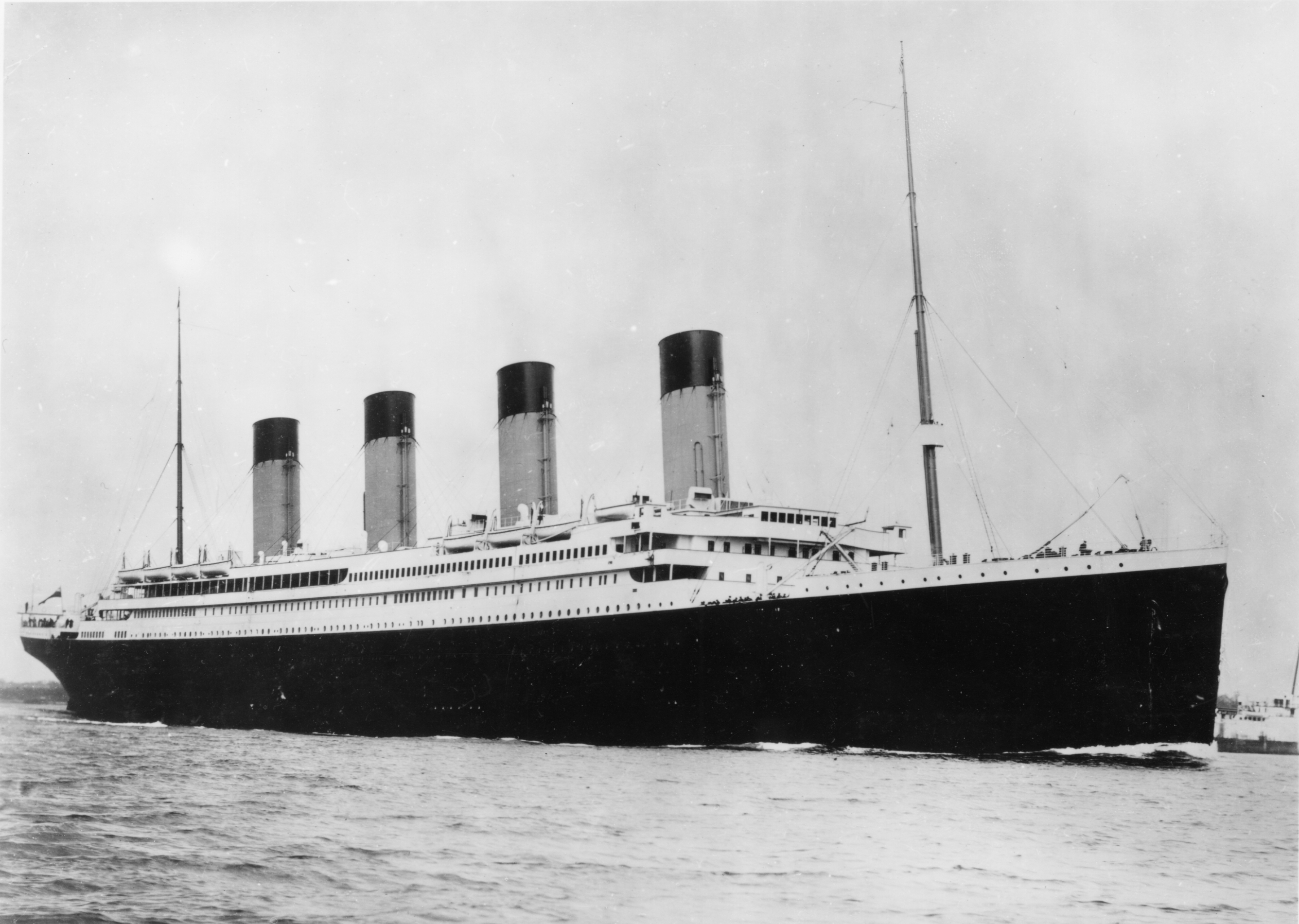Bernie Palmer sold rights to her Titanic iceberg and survivor pictures to Underwood & Underwood of New York for only $10.00, not knowing any better. This picture identifies the young facing couple as honeymooners Mr. & Mrs. George A. Harder of Brooklyn, NY.
- Description
-
Bernie Palmer sold rights to her Titanic iceberg and survivor pictures to Underwood & Underwood of New York for only $10.00, not knowing any better. This picture identifies the young facing couple as honeymooners Mr. & Mrs. George A. Harder of Brooklyn, NY. The woman with her back to Bernie's Brownie camera is Mrs. Charles M. Hayes; her husband was President of the Grand Trunk Railway. He died in the shipwreck, but Mrs. Hayes and her two daughters were rescued by Carpathia.
- Location
-
Currently not on view
- date made
-
1912
- ID Number
-
1986.0173.27
- catalog number
-
1986.0173.27
- accession number
-
1986.0173


